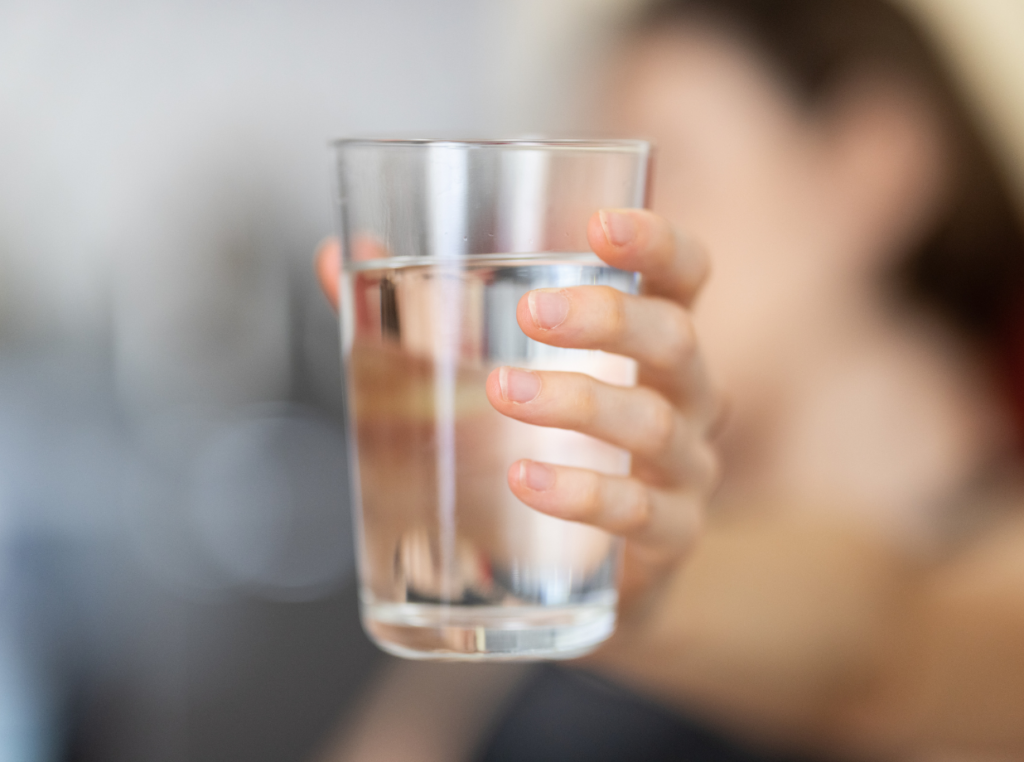Water distillation is a process that involves boiling water to create steam, and then collecting the steam as it condenses back into liquid form. This process effectively removes impurities and contaminants from the water, resulting in clean, pure water that is safe for consumption. While there are various methods for distilling water, one convenient and efficient way to do so is by using a microwave. Distilling water in your microwave is a simple and cost-effective way to ensure that you have access to clean drinking water at home. In this article, we will discuss the materials needed, step-by-step guide, safety precautions, benefits, and additional tips for distilling water in your microwave.
Materials Needed for Distilling Water in Your Microwave
To distill water in your microwave, you will need a few basic materials. First, you will need a microwave-safe glass or ceramic bowl with a flat bottom. This will serve as the container for the water that you will be distilling. Additionally, you will need a microwave-safe plate that is large enough to cover the top of the bowl. This plate will help to capture the steam and facilitate the condensation process. You will also need a heat-resistant glove or oven mitt to handle the hot bowl and plate. Finally, you will need a source of water, preferably filtered or purified water, to distill. With these simple materials, you can easily set up your own water distillation system in your microwave.
Step-by-Step Guide to Distilling Water in Your Microwave
Now that you have gathered the necessary materials, you can begin the process of distilling water in your microwave. Start by filling the microwave-safe bowl with the source of water. It is important to only fill the bowl about halfway to allow room for the steam to collect without overflowing. Next, place the microwave-safe plate on top of the bowl, ensuring that it creates a tight seal to capture the steam. Then, carefully place the bowl and plate in the microwave and heat on high for approximately 10-15 minutes. The exact time may vary depending on the power of your microwave, so it is important to monitor the process closely. As the water boils and creates steam, it will condense on the plate and drip back into the bowl as pure, distilled water. Once the process is complete, use a heat-resistant glove or oven mitt to carefully remove the hot bowl and plate from the microwave. Allow the distilled water to cool before transferring it to a clean, sterile container for storage.

Safety Precautions to Take When Distilling Water in Your Microwave
While distilling water in your microwave is a relatively safe process, there are still some important safety precautions to keep in mind. First and foremost, always use a microwave-safe bowl and plate to avoid any risk of breakage or damage during the heating process. Additionally, be sure to handle the hot bowl and plate with a heat-resistant glove or oven mitt to prevent burns or injuries. It is also important to carefully monitor the heating process to prevent any potential overheating or boiling over. Finally, allow the distilled water to cool before handling or transferring it to another container to avoid any risk of burns from hot steam or liquid. By following these safety precautions, you can ensure a safe and successful water distillation process in your microwave.
Benefits of Distilling Water in Your Microwave
There are numerous benefits to distilling water in your microwave. One of the primary benefits is that it provides a convenient and cost-effective way to access clean, pure drinking water at home. Distilled water is free from impurities and contaminants, making it safe for consumption and suitable for various household uses such as cooking and cleaning. Additionally, distilling water in your microwave allows you to have greater control over the quality of your drinking water, especially if you live in an area with poor water quality or unreliable access to clean drinking water. Furthermore, by distilling water at home, you can reduce your reliance on single-use plastic bottles and contribute to environmental sustainability by minimizing plastic waste.
Additional Tips for Distilling Water in Your Microwave
In addition to following the step-by-step guide and safety precautions, there are some additional tips that can help you achieve optimal results when distilling water in your microwave. For example, using filtered or purified water as the source of water can help to improve the overall quality of the distilled water. It is also important to regularly clean and maintain your microwave to ensure that it is free from any food residues or odors that could affect the taste or purity of the distilled water. Additionally, consider investing in a dedicated microwave-safe bowl and plate specifically for water distillation to avoid any potential cross-contamination with food particles or residues. By incorporating these additional tips into your water distillation process, you can ensure that you consistently produce clean, pure distilled water at home.
Conclusion and Final Thoughts on Distilling Water in Your Microwave
In conclusion, distilling water in your microwave is a simple and effective way to ensure that you have access to clean, pure drinking water at home. By following the step-by-step guide, safety precautions, and additional tips outlined in this article, you can easily set up your own water distillation system using basic materials and equipment that you likely already have in your kitchen. The benefits of distilling water in your microwave are numerous, including convenience, cost-effectiveness, and environmental sustainability. By distilling water at home, you can take control of the quality of your drinking water and reduce your reliance on single-use plastic bottles. Overall, distilling water in your microwave is a practical and sustainable solution for ensuring that you have access to clean, pure drinking water at home.



